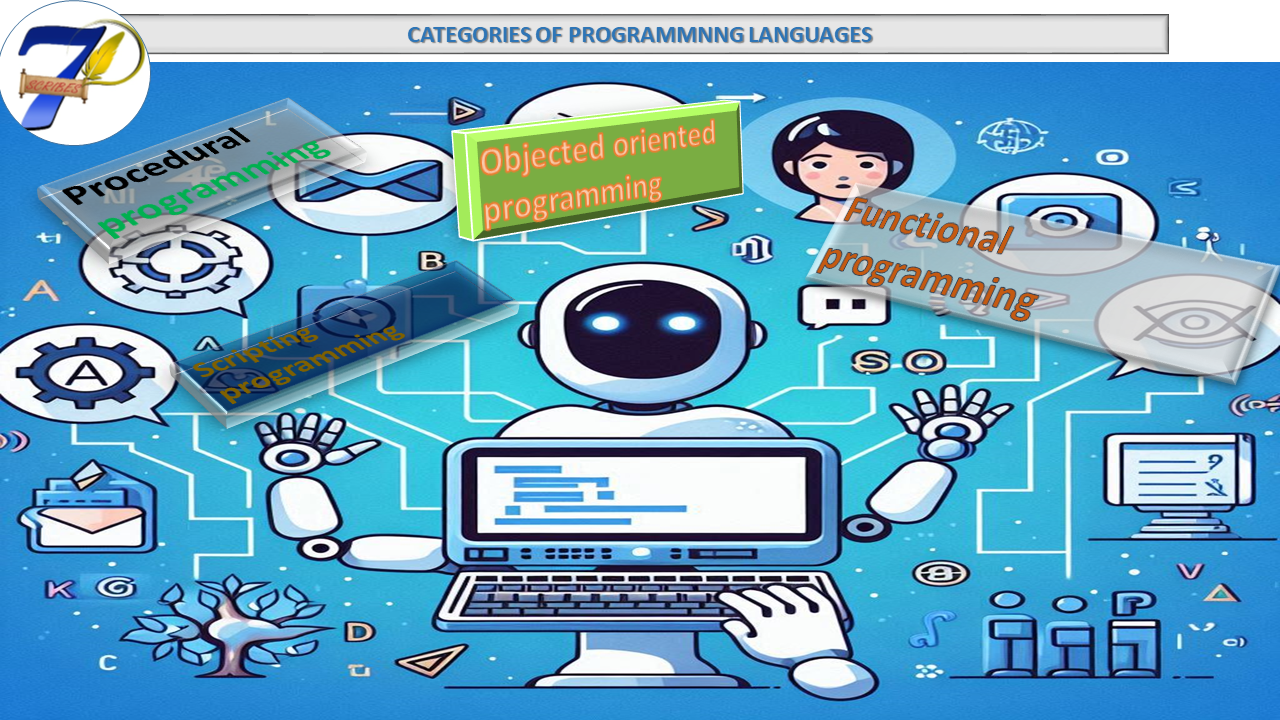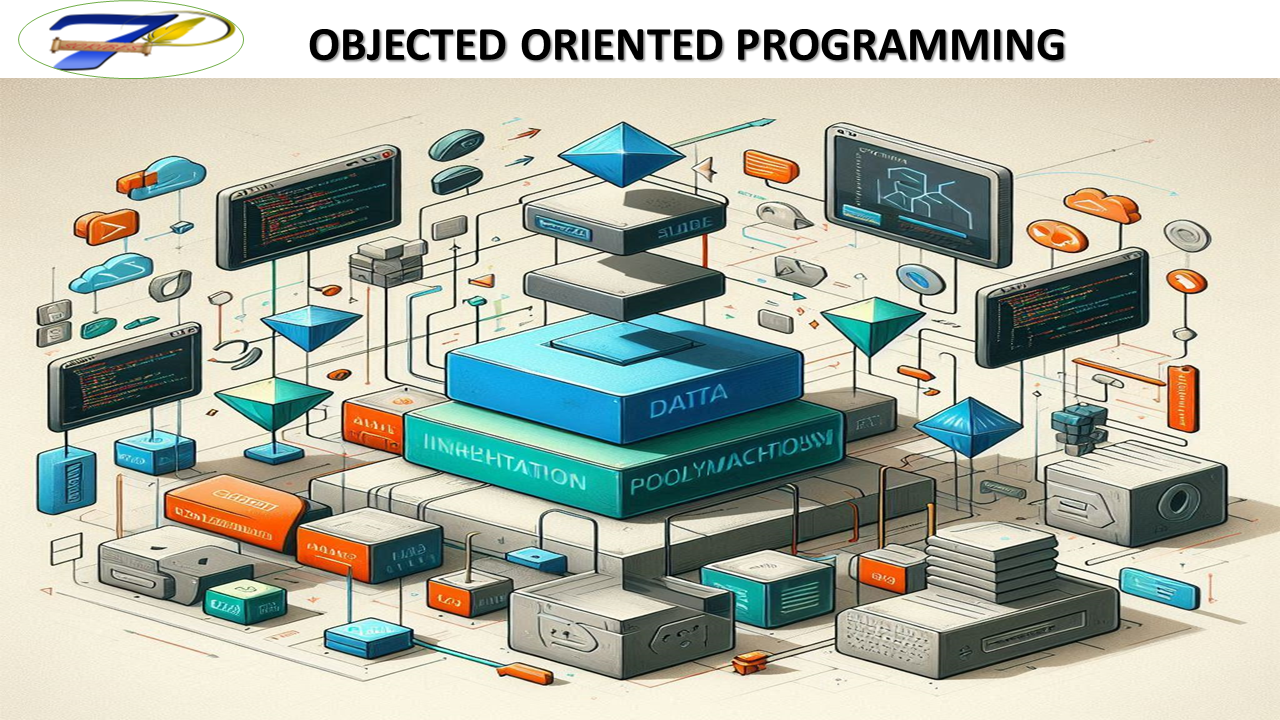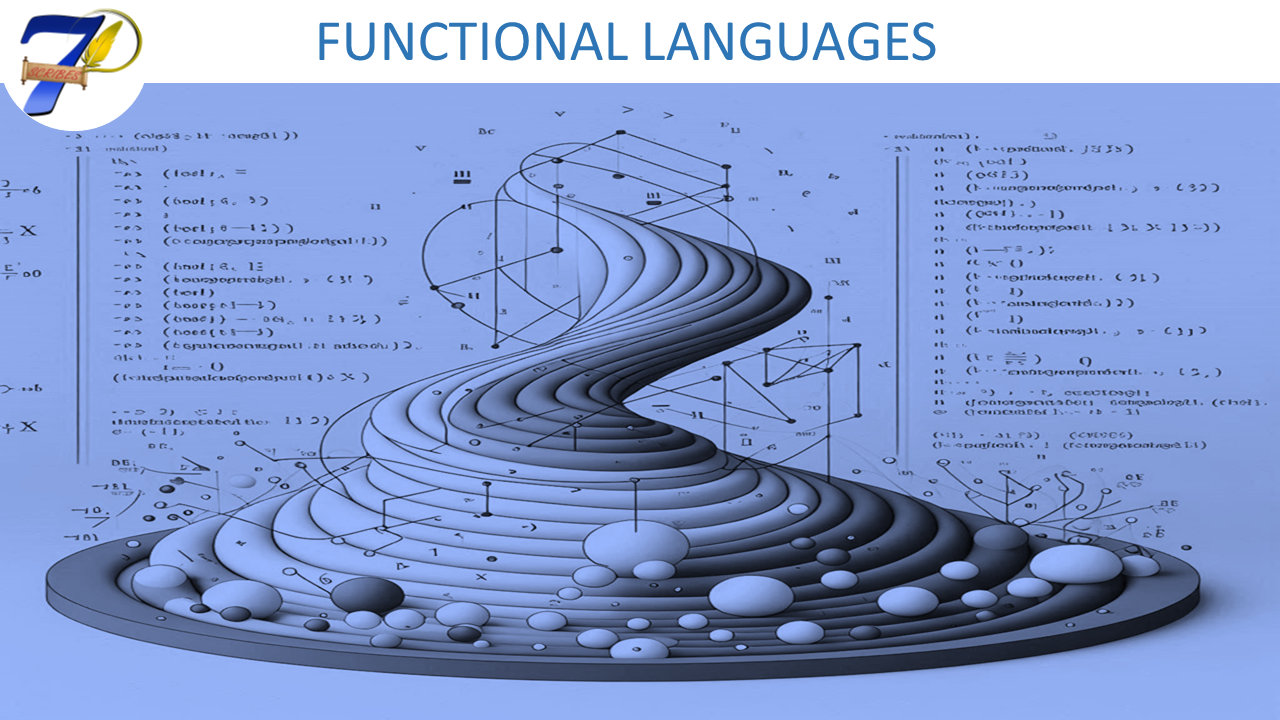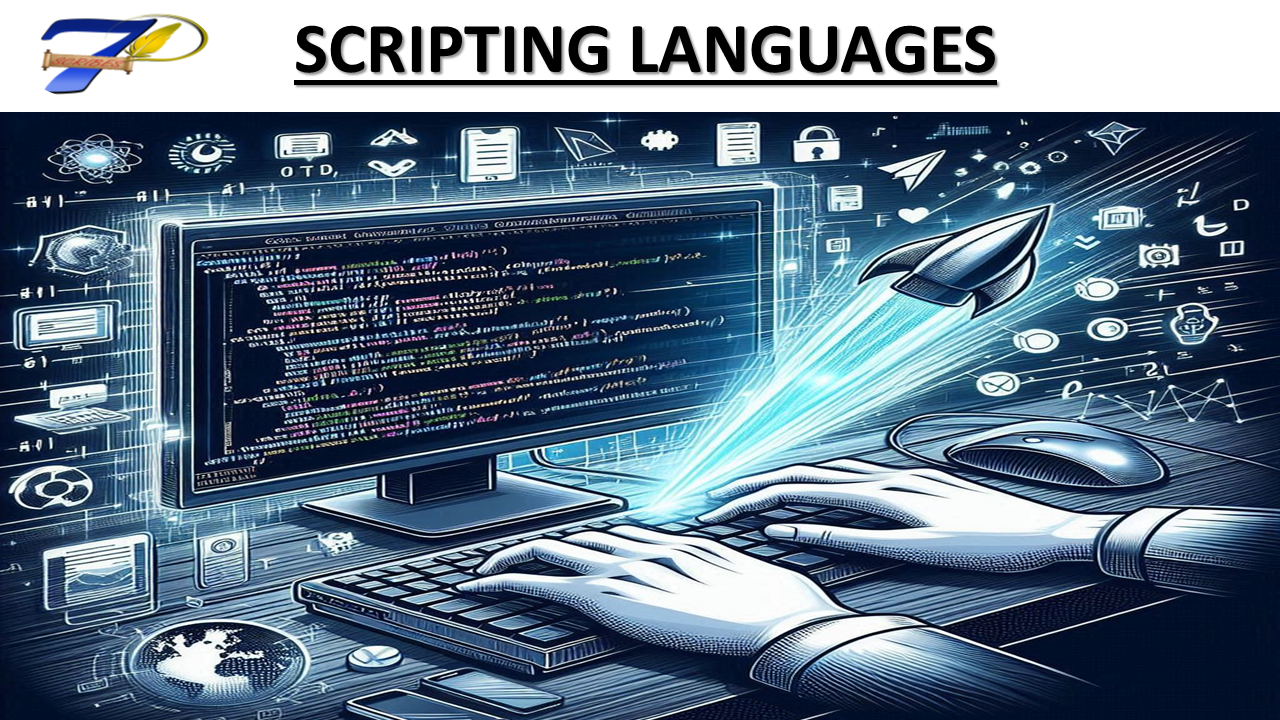Categories of programming language set another milestone in the world of technology. The rise of computers as programmable machines marked an important moment in technology, allowing them to carry out a wide range of calculations and tasks. This change was fueled by the brilliant minds throughout history who helped advance technology. The ability of computers to multitask is a testament to these innovators, enabling machines to perform several operations at the same time.
As computers spread across the globe, they began to adopt various cultural influences in technology. However, trying to program a computer using just one language was difficult. This challenge led to the creation of multiple *categories of programming languages*. Different thinkers and engineers started to talk to computers using their own unique languages, which broadened the capabilities of these machines.
The Role of Programming Language Categories
With advancements in technology, daily life became much easier. Computers began to handle different kinds of tasks, each requiring specific steps and instructions. Since the nature of each task can vary, it was necessary to develop different categories of programming languages to help computers perform these unique jobs effectively.Some of these categories include:
Procedural Language
Procedural programming is a way of writing computer programs that focuses on using procedures or functions. In this approach, a program is made up of a series of instructions that operate on data. This method emphasizes a clear step-by-step process to achieve a specific goal, which makes it easier to understand and manage complicated tasks.
Key Features
- Sequence Control: Procedural languages run instructions in a specific order. This clear flow makes it easy to follow what the program does.
- Modularity: Code can be divided into smaller, reusable parts called functions or procedures. This makes it easier to manage complex programs and reuse code.
- Predefined Functions: Many procedural languages have built-in functions that perform common tasks. These functions can help simplify programming.
- Variable Scope: Variables can be defined in different scopes, meaning some can only be used within a function (local), while others can be used throughout the program (global).
- Control Structures
Procedural programming is a way of writing computer programs that focuses on using procedures or functions. In this approach, a program is made up of a series of instructions that operate on data. This method emphasizes a clear step-by-step process to achieve a specific goal, which makes it easier to understand and manage complicated tasks.
This example demonstrates how procedural programming organizes code into functions, making it easier to understand and maintain.

Object-Oriented Programming (OOP): From Its Birth to Advancement
Introduction to OOP
Object-Oriented Programming (OOP) is a programming paradigm that uses “objects” to represent data and methods to manipulate that data. This approach allows for a more intuitive way of organizing code, making it easier to manage and scale complex software systems. OOP emerged in the 1960s and 1970s, evolving from earlier programming concepts to address the growing complexity of software development.
Birth of OOP
The roots of OOP can be traced back to the development of the programming language Simula in the 1960s, created by Ole-Johan Dahl and Kristen Nygaard. Simula introduced the concept of classes and objects, allowing programmers to define data structures that encapsulated both data and the functions that operated on that data. This was a significant shift from the procedural programming paradigm, which focused primarily on functions and sequences of instructions.
In the early 1970s, Smalltalk was developed by Alan Kay and his team at Xerox PARC. Smalltalk further refined the concepts of OOP by introducing a fully integrated environment where everything was treated as an object. This included not just data but also functions, leading to the idea that objects could communicate with one another through messages. Smalltalk’s influence laid the groundwork for many modern OOP languages.
Advancement of OOP
As computing technology advanced, so did the principles and practices of OOP. The 1980s and 1990s saw the rise of several popular OOP languages, including C++, Java, and Python. Each of these languages brought unique features and improvements to the OOP paradigm:
C++, developed by Bjarne Stroustrup, combined the efficiency of C with OOP features, allowing for both low-level and high-level programming. It introduced concepts like inheritance and polymorphism, enabling code reuse and flexibility.
Java, created by James Gosling and his team at Sun Microsystems, emphasized portability and security. Java’s “write once, run anywhere” capability made it a popular choice for web applications and enterprise software. It also introduced the concept of interfaces, allowing for more flexible design.
Python developed by Guido van Rossum, made OOP accessible to a broader audience with its simple syntax and dynamic typing. Python supports multiple programming paradigms, including procedural and functional programming, but its OOP features are widely used for building applications.
Functional Languages:
Functional programming languages foster a robust development environment by emphasizing expression evaluation, data immutability, and statelessness. Pure functions, which transform input into output without modifying external data, form the backbone of this paradigm, ensuring reliable outcomes and minimizing unintended consequences.
Recursion, higher-order functions, and lambda expressions enable developers to craft modular, reusable code through functional abstraction and composition. Declarative programming languages like Haskell, Lisp, Scheme, Scala, and Erlang prioritize desired outcomes over implementation specifics, yielding concise and expressive code.
This approach streamlines debugging, testing, and parallel processing, while immutable data structures and the absence of global variables ensure thread safety in concurrent systems. Mainstream languages such as Java, C#, and Python have incorporated functional programming concepts, empowering developers to create efficient, scalable software solutions for research, scientific computing, data analysis, and concurrent systems. Functional programming’s utility extends to data processing and analytics through mapping, filtering, and reducing operations.
The benefits of functional programming include:
Functional programming language has unique benefits in the world of programming Some of them are modular code with improved reusability, enhanced reliability and predictability, simplified debugging and testing procedures, optimized concurrency and parallelization support, concise and expressive codebase
Functional programming’s applications span:
Applications of functional programming encompass various fields including research and scientific computing, data analysis and machine learning, web development and distributed systems, embedded systems and IoT development, algorithmic trading and financial modelling. By adopting functional programming principles, developers can design more efficient, scalable, and maintainable software systems, poised to tackle complex challenges in today’s technology landscape.
Scripting Languages:
Scripting programming languages are high-level languages designed for rapid development, execution, and automation of tasks, characterized by being interpreted rather than compiled, dynamically typed, lightweight, flexible, and have extensive libraries. They include server-side scripting languages like PHP, Ruby, and Python, client-side scripting languages like JavaScript, shell scripting languages like Bash and Perl, and game scripting languages like Lua and Python.
These languages offer advantages such as rapid development and prototyping, ease of learning and use, cross-platform compatibility, and dynamic typing for flexibility. However, they also have limitations, including performance overhead due to interpretation, security concerns if not properly sanitized, limited multithreading support, and suitability for complex compute-intensive tasks.
Scripting languages are widely used in web development, system administration and automation, game development, scientific computing and data analysis, and artificial intelligence and machine learning, with popular languages including Python, JavaScript, PHP, Ruby, Perl, and Bash, each with their own unique features and applications
Each category serves a specific purpose, allowing programmers to select the most appropriate language for their needs. This organization not only makes programming more efficient but also helps developers create tools that assist people in completing various tasks smoothly.
Conclusion
In conclusion, the development of categories of programming languages has been essential in shaping what computers can do, making them vital tools in our modern world. Each language plays a role in the larger picture of technology, helping to spark innovation and enhance our quality of life through better computational power. By understanding these categories, programmers can choose the right tools for their tasks, leading to even more advancements in technology.
For further enhancement in knowledge visit the following site
What is procedural programming?
It focuses on step-by-step instructions and functions to perform tasks in a specific order.
What is object-oriented programming (OOP)?
OOP organizes code around objects that contain both data and methods.
What is functional programming?
It emphasizes immutability, pure functions, and statelessness for more predictable and scalable code.
What are scripting languages used for?
They are used for automating tasks and rapid development, often in web and system administration.
Which language is best to learn first?
Python or JavaScript are great starting points for general programming.